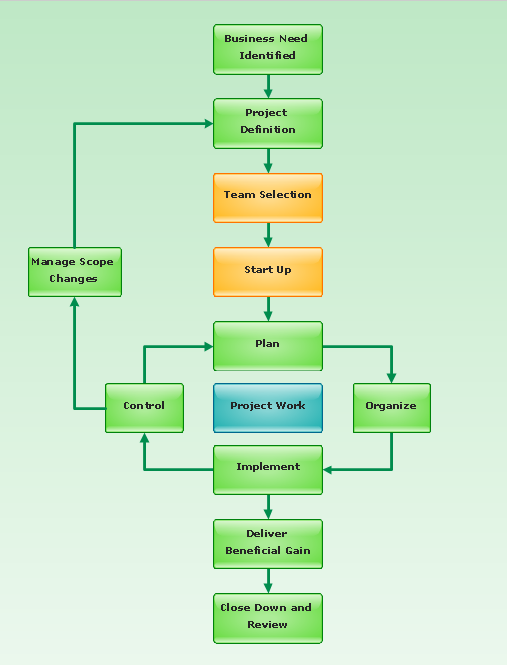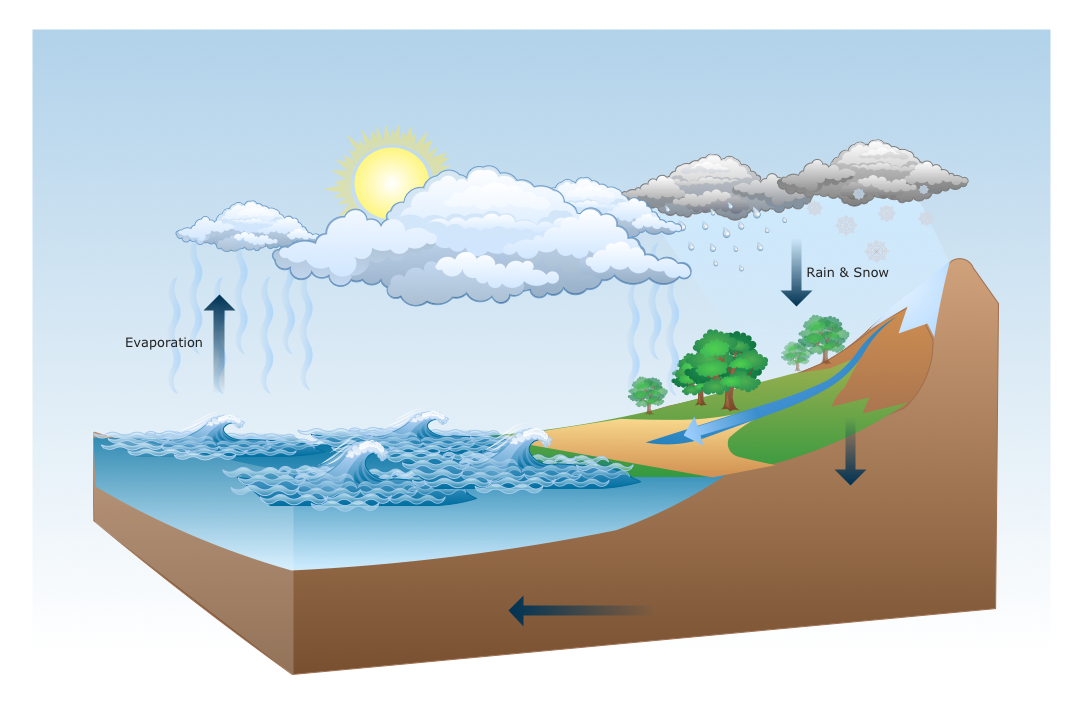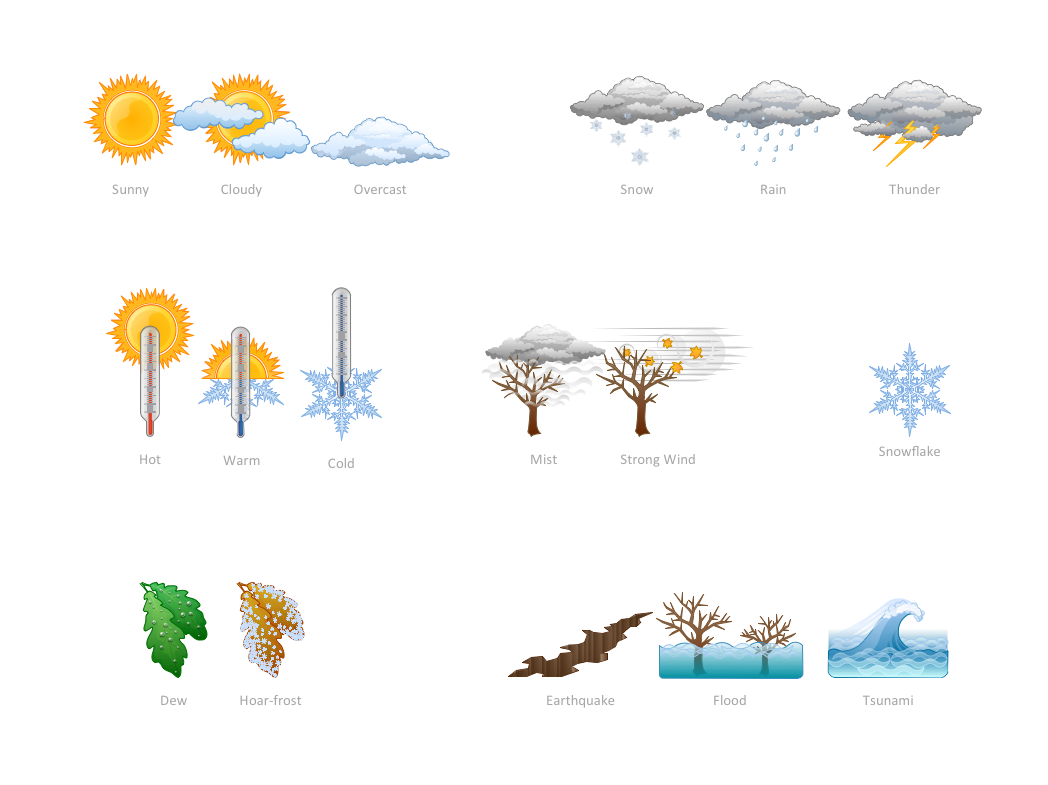Basic Diagramming
Try ConceptDraw program, the perfect drawing tool for creating all kinds of great-looking drawings, charts, graphs, and illustrations.
 Nature
Nature
This solution extends ConceptDraw PRO software with samples, templates and libraries of vector clipart for drawing the Nature illustrations. Use it to make professional-looking documents, presentations and websites illustrated with color scalable vector c
Drawing Illustration
The Nature Solution addition to ConceptDraw Solution Park for ConceptDraw PRO includes new libraries that provide a wide range nature objects and it can be used in many areas.How can you illustrate the weather condition
Use it to make professional looking documents, presentations, and websites illustrated with color scalable vector clipart for geography, weather, and animals.- Program to Make Flow Chart | Drawing Illustration | BPR Diagram ...
- Water cycle diagram | Drawing Illustration | Drawing a Nature ...
- Product life cycle process - Flowchart | Water cycle diagram | What is ...
- Water cycle diagram | Drawing a Nature Scene | Basic Flowchart ...
- Water cycle diagram | Drawing a Nature Scene | Nature | Draw The ...
- Water cycle diagram | Draw A Flow Chart Describing Hydrologic Circle
- Water cycle diagram | Active indirect water heater diagram | Piping ...
- Water cycle diagram | Drawing a Nature Scene | Drawing Illustration ...
- Water cycle diagram | Drawing Illustration | Beauty in nature ...
- Water cycle diagram | Strategic planning - Cycle diagram | Circular ...
- Water cycle diagram | Clipart On Water Vapor
- Bubble Diagram Of The Water Cycle
- Drawing Illustration | Drawing a Nature Scene | Water cycle ...
- A Well Annotated Diagram Of The Hydrological Cycle
- What is the Accounting Cycle ? | Steps of Accounting Cycle | Biology ...
- Drawing Illustration | Drawing a Nature Scene | Nature | Drawing ...
- Drawing Illustration | Drawing a Nature Scene | Nature | Cycles Of ...
- Draw The Flowchart Of Hydrologic Cycle
- Water Cycle | Drawing a Nature Scene | Beauty in nature ...
- Flow Chart Diagram In Hydrology


